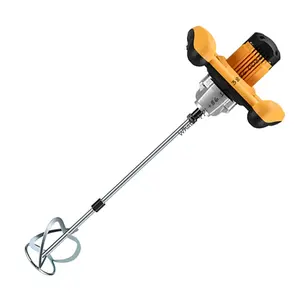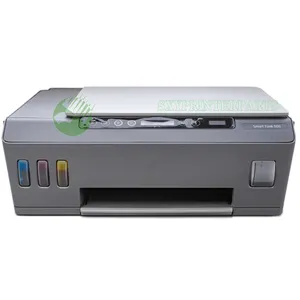Popular in your industry

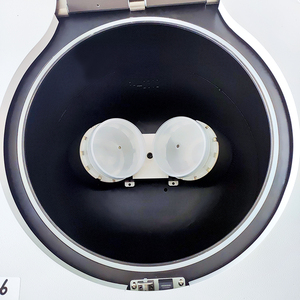

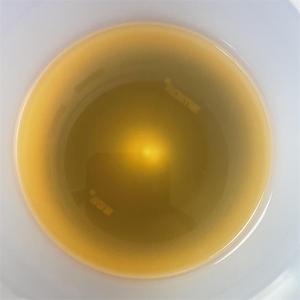


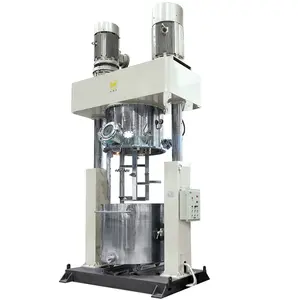












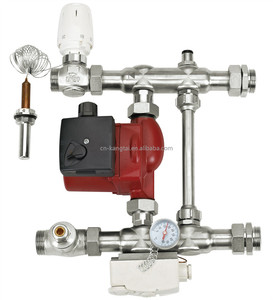


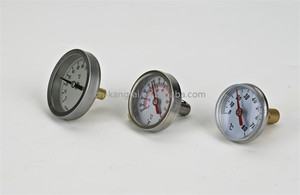




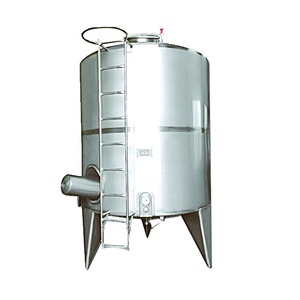



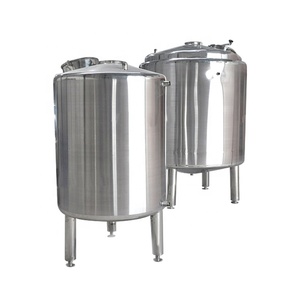






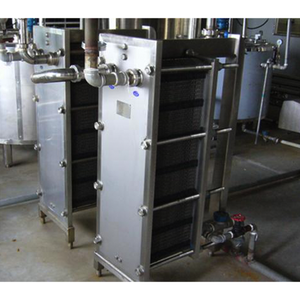
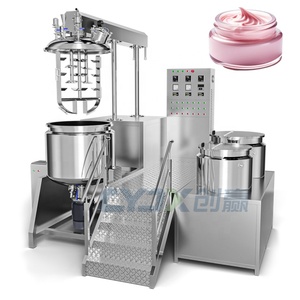








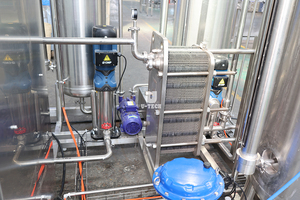



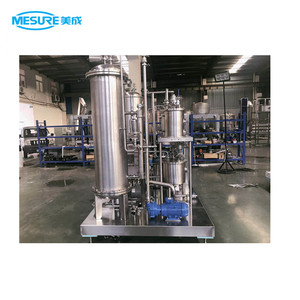
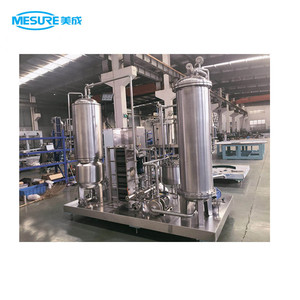









Related Searches:
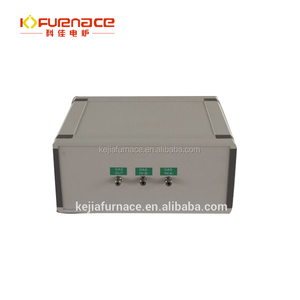




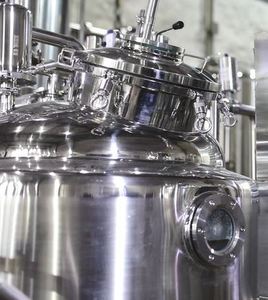
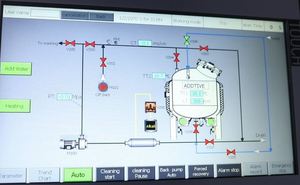



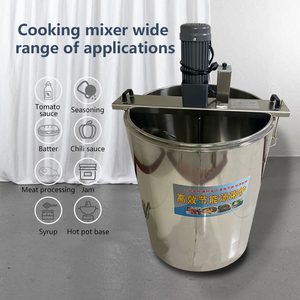





















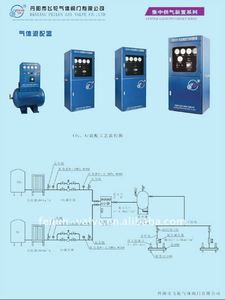

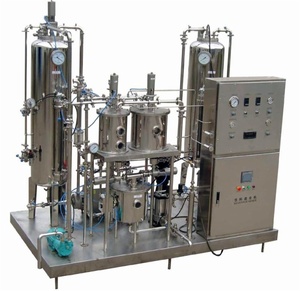








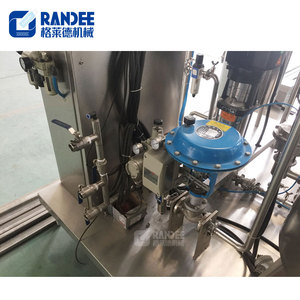
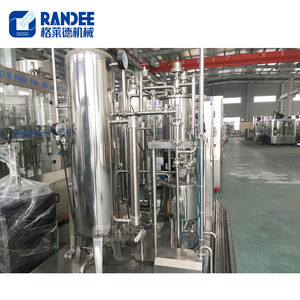
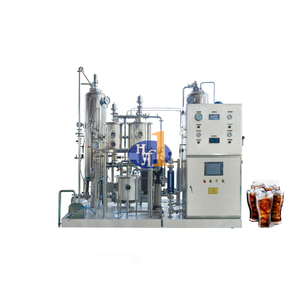

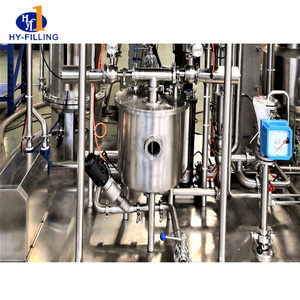


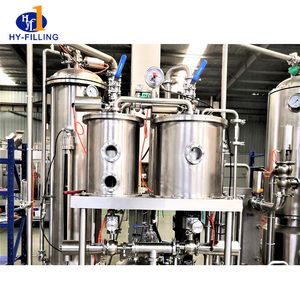

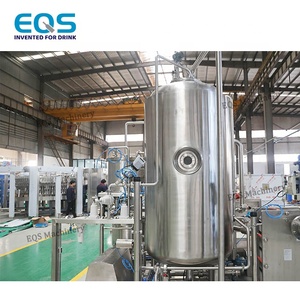





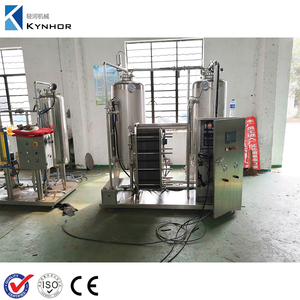















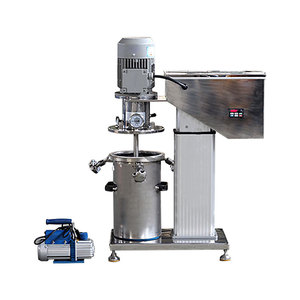
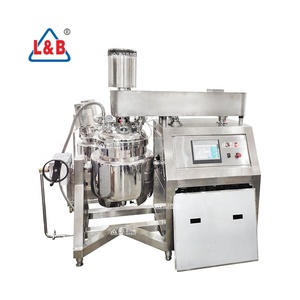
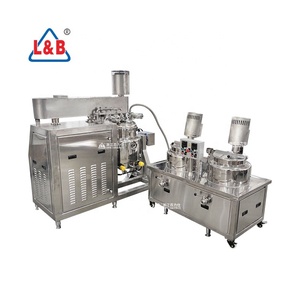






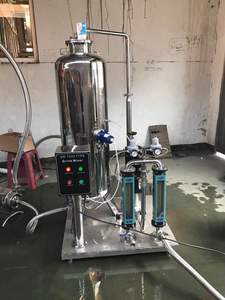
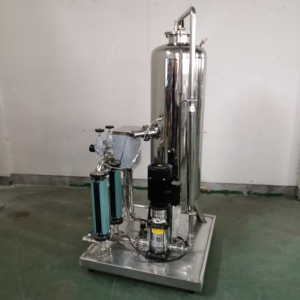







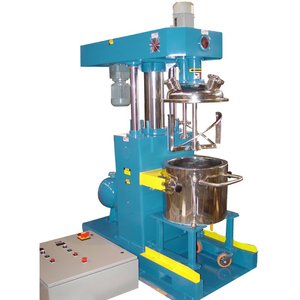


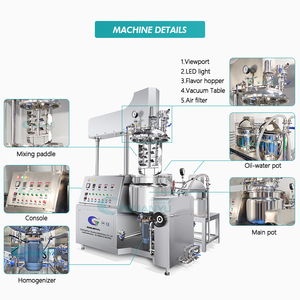


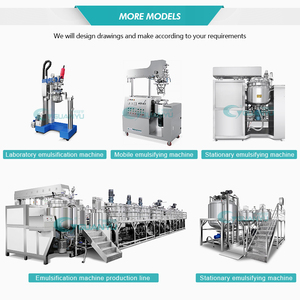


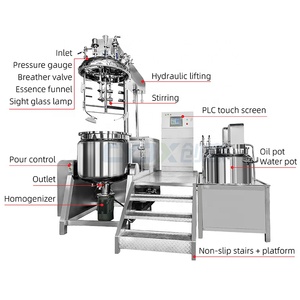
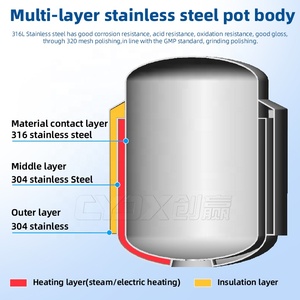

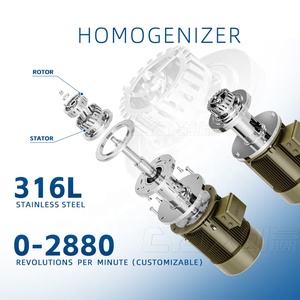



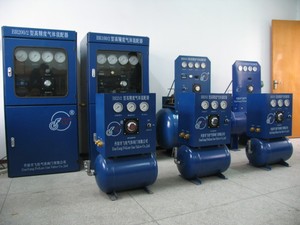

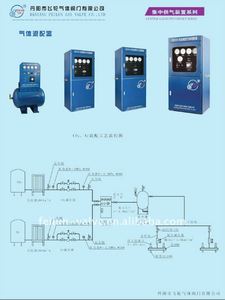











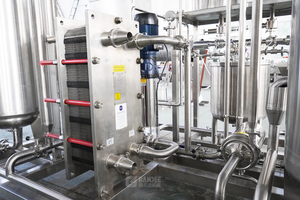

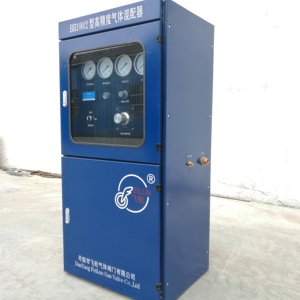

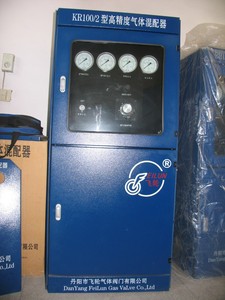
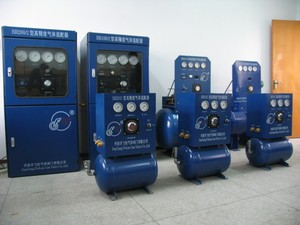
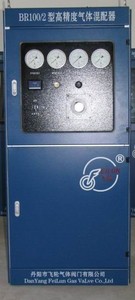








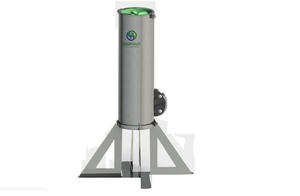

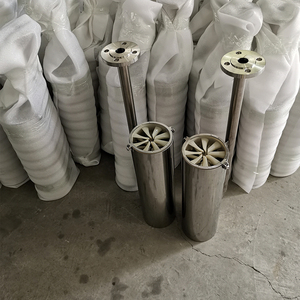



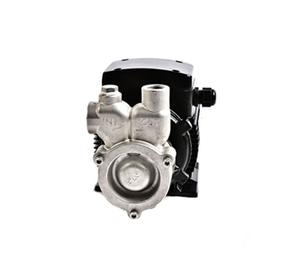

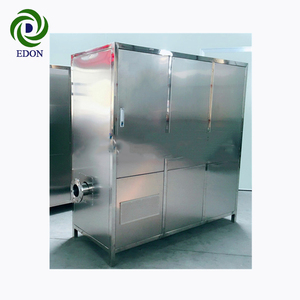


Top categories
About gas mixing system
Industrial processes that demand precise gas mixtures necessitate sophisticated solutions to ensure accuracy and safety. A gas mixing system integrates technology and engineering to precisely blend gases, catering to diverse applications across industries. It is composed of a gas supply system and a blending unit. The gas supply system provides individual gases, and the blending unit combines them in controlled proportions. The gas mixing chamber is where gases are mixed, ensuring thorough diffusion and homogeneity of the final mixture. The gas mixing system is equipped with sensors and controllers that monitor and adjust gas flow rates to achieve the desired mix.
Applications of a Gas Mixing System
The versatility and precision of gas mixing systems make them invaluable in numerous industrial applications. In the food and beverage industry, gas mixers are used to create modified atmospheres for packaging, extending the shelf life of products. In the medical sector, gas mixers play a critical role in anesthesia delivery, providing precise gas blends to ensure patient safety and comfort during procedures. In laboratories, these systems are used for gas chromatography, a technique that separates and analyzes gas compounds. Additionally, the semiconductor industry relies on gas mixers for processes like chemical vapor deposition, where precise gas combinations are crucial for creating thin films with specific properties. These systems also find applications in environmental monitoring, where they are utilized in gas analyzers to detect and measure pollutants in the air. The oil and gas sector utilizes gas mixers for applications such as enhanced oil recovery, where specific gas combinations are injected into reservoirs to improve extraction efficiency.
Types of Gas Mixing Systems
Gas mixing systems can be categorized based on their applications, gas types, and the control mechanism used to blend gases. In terms of applications, gas mixers can be tailored for specific industries, such as food and beverage, healthcare, or manufacturing. This customization ensures that the system meets the unique gas blending requirements of the particular sector. Gas mixers may also be classified based on the types of gases they blend. Common gases include oxygen, nitrogen, carbon dioxide, and argon. A notable example is the LPG air mixing system, which blends liquefied petroleum gas with air, often used in heating and combustion processes. Additionally, gas mixers can be differentiated by the mechanism used to control and adjust gas flow rates. Some systems employ mass flow controllers, which precisely regulate the flow of individual gases. Others may use volumetric control methods, adjusting gas volumes to achieve the desired mixture. The choice of gas mixing system type depends on the specific application and the level of accuracy required in gas blending.
Advantages of Gas Mixing Systems
Gas mixing systems offer numerous advantages, making them indispensable in various industries. One of the primary benefits is the ability to create precise gas blends, ensuring consistency and quality in processes such as gas analysis and material synthesis. Gas mixers enhance safety by providing controlled environments in applications like modified atmosphere packaging and medical gas delivery. Another advantage is the flexibility to adjust gas ratios, accommodating diverse requirements without the need for separate gas cylinders. The efficient use of gases is an environmental benefit, minimizing waste and reducing the overall gas consumption. Additionally, the automation and monitoring capabilities of gas mixing systems contribute to operational efficiency and increased productivity. These systems are designed to be user-friendly, often featuring intuitive interfaces for ease of operation. Ultimately, the advantages of gas mixing systems translate into improved process control, enhanced product quality, and a safer working environment across industries.

